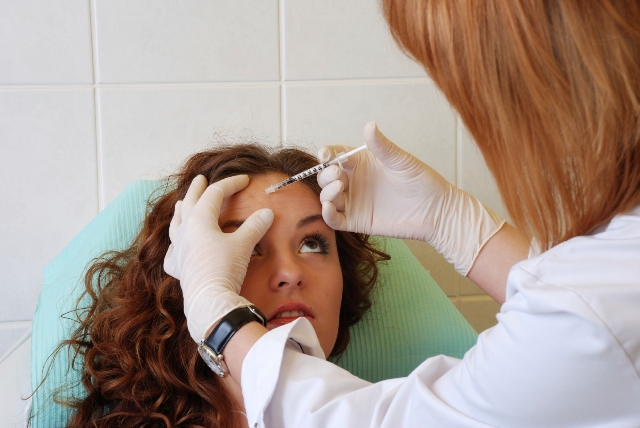
What Is Botox?
Botox is one of the brand names given for a prescription-only medicine called Botulinum Toxin Type A.
Botulinum Toxin Type A has been around since the 1980’s when it was first used for facial muscle spasms and crossed eyes (strabismus). Doctors have used Botulinum Toxin Type A in medical practice for over 20 years for the treatment of muscle spasticity in conditions such as cerebral palsy, dystonia and facial spasms. Botulinum toxin has also been shown to improve headaches such as migraines when areas in the upper part of the face are treated and hyperhydrosis (excessive sweating).
Other brands of Botulinum Toxin Type A
There are several brands of Botulinum Toxin available on prescription in the UK:
- Botox and Vistabel :manufactured by Allergan
- Dysport: manufactured by Ipsen
- Azzalure: manufactured by Galderma ( the same as Dysport but comes in lower dose vials for cosmetic use)
- Alluzience: manufactured by Galderma and launched in June 2022 in the UK
- Xeomin and Bocouture manufactured by Merz
Oculinum the first botulinum toxin to receive FDA approval had a license to treat blepharospasm and strabismus in 1989. Shortly after Allergan in California purchased it and licensed it in the United States with the rebranded name Botox.
Dysport was made by Ipsen Biopharm Ltd in Wrexham, and was approved in Europe to treat specific dystonias in 1990.
In February 2006, Allergan licensed Botox for its use in selected cosmetic treatments. Shortly after Galderma launched Azzalure in the UK and in 2010, Mertz licensed Bocouture for use in select cosmetic treatments.
Botox and Azzalure both have a licence to treat frown lines (glabellar area) and the crow’s feet lines in the UK. Bocouture has a license to treat the horizontal forehead lines as well. Other areas of the face have been treated off and on ‘licence’ safely for over 20 years.
In 2022 Alluzience was launched it has a quicker onset of action and can start working within 24 hours. It can also have a longer duration of action compared to the other toxin brands available.
Why do people call Botulinum Treatments Botox?
The term Botox is commonly used as the name to describe a “botulinum toxin treatment”. Why we are not sure, but it may be because Botox was one of the first licensed Botulinum Toxin preparations. Or perhaps because it was the first preparation to have a license for cosmetic use.
Botox is the term people commonly use for all botulinum toxin treatments, no matter what the brand. This is a bit like most of us call our vacuum cleaner a hoover. The Hoover Companys vacuum cleansers were very dominant in the early days in the UK, so “Hoover” became synonymous with “vacuum cleaning”.
Similarly is seems “Botox” has also has become synonymous for “Botulinum toxin treatments”.
How does Botox work?
Botulinum Toxin blocks the communication from nerve impulses that cause muscles to contract. It temporarily prevents the release of acetylcholine from sympathetic nerve terminals. The action is never permanent and usually last for 3 or 4 months.
Facial lines are caused by the repeated use of the facial muscles of expression, such as squinting and frowning. Botulinum Toxin reduces facial muscle movements, which then softens the lines
Data shows treatments are safe with a few short-term side effects. Side effects include minimal bruising at the injection sites and minor headaches. Some people worry that Botox may be dangerous; however, if administered correctly by a skilled medical professional, it carries very little risk.
Which Brand of Botulinum Toxin does Dr Teri use?
Dr Teri uses a range of toxins including Azzalure, Bocouture and Botox.
Botulinum Toxin is a prescription-only medicine. So by law, you need a prescription from a doctor or suitably trained medical prescriber.
This could be a nurse, dentist or sometimes other health care professional. The GMC guidance states you can only have a prescription for Botox after a face to face medical assessment with a prescriber.
Find out more about Botox treatments here.


